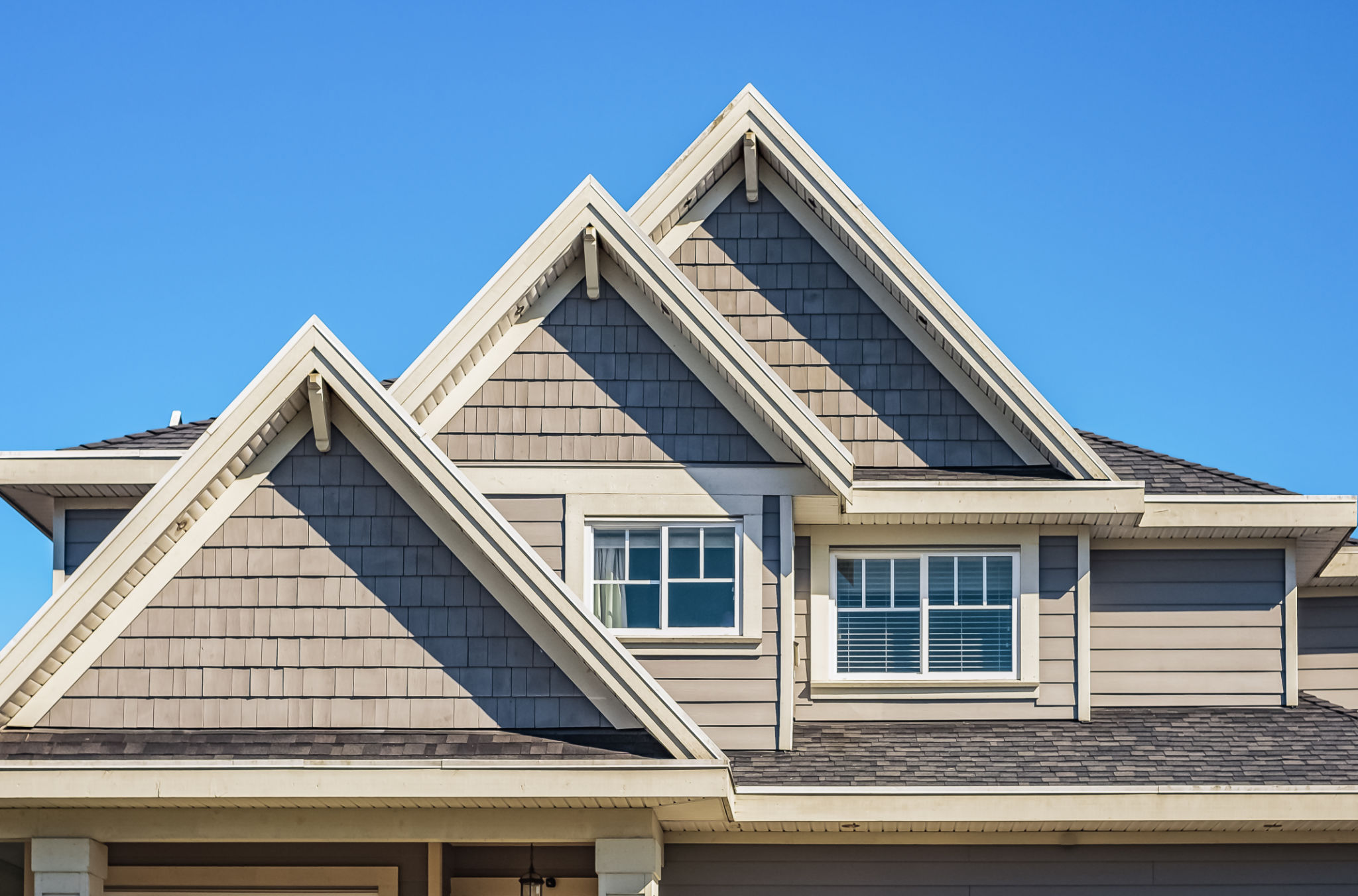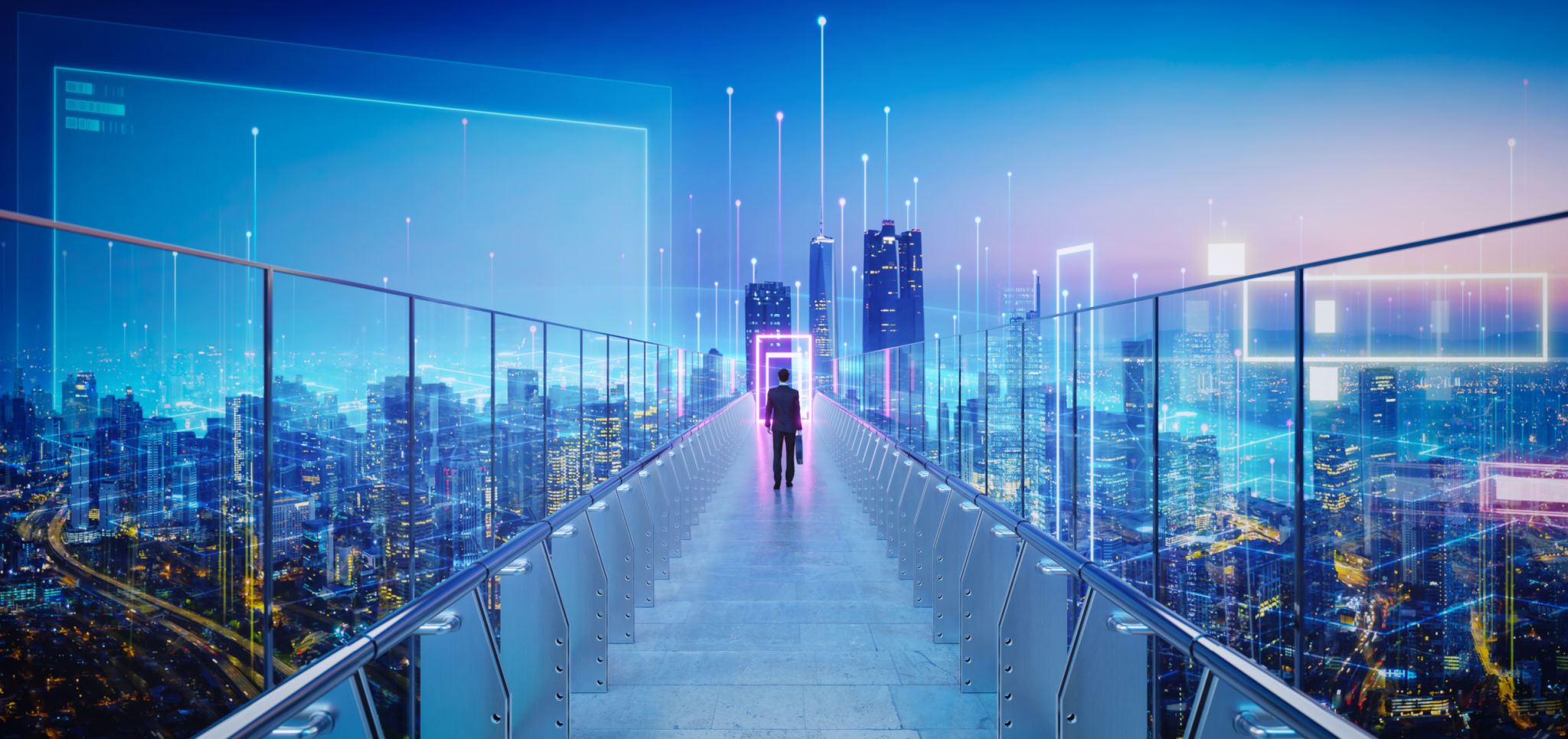Expert Insights: How Prefabricated Homes are Shaping the Future of Urban Living
The Rise of Prefabricated Homes in Urban Environments
As cities around the world continue to grow, the demand for sustainable, affordable, and efficient housing solutions has never been more critical. Prefabricated homes, once seen as a novelty, are now at the forefront of addressing these urban challenges. These homes, constructed off-site and then assembled on location, provide an innovative approach to urban living.

Efficiency and Sustainability
Prefabricated homes offer significant advantages in terms of efficiency and sustainability. By building off-site, companies can better control the quality and precision of the construction process, leading to less waste and more efficient use of materials. These homes also often incorporate eco-friendly technologies, such as solar panels and energy-efficient insulation, contributing to their appeal in a world increasingly focused on environmental responsibility.
Affordability and Accessibility
One of the most compelling benefits of prefabricated homes is their affordability. Traditional housing construction can be costly due to labor and material expenses. Prefabrication reduces these costs by streamlining the building process and minimizing on-site labor. This cost-effectiveness opens up new opportunities for individuals and families seeking affordable housing in urban areas.

Design and Customization
Prefabricated homes have evolved significantly in design and customization capabilities. Today’s prefabricated homes offer a wide range of architectural styles and layouts, allowing homeowners to personalize their living spaces to reflect their tastes and needs. This flexibility makes prefabricated homes an attractive option for those looking to create a unique urban dwelling.
Speed of Construction
Another key advantage of prefabricated homes is the speed of construction. Since much of the building process occurs off-site, weather delays are minimized, and projects can be completed significantly faster than traditional builds. This rapid construction timeline is particularly beneficial in urban areas where housing demand is high, and timely delivery is essential.

The Future of Urban Living
As urban populations continue to rise, prefabricated homes present a viable solution for sustainable urban development. They align with growing trends towards minimalism, eco-friendliness, and affordability. By embracing these innovations, cities can expand their housing capacities without sacrificing quality or environmental responsibility.
Challenges and Considerations
Despite their benefits, prefabricated homes face certain challenges. Zoning laws and building codes can vary widely between cities, sometimes complicating the integration of prefabricated structures into existing urban landscapes. Additionally, there may be perceptions that these homes lack the durability or aesthetic appeal of conventionally built houses.
Conclusion: Embracing Change
The influence of prefabricated homes on urban living is undeniable. As technology advances and societal attitudes shift towards sustainability and efficiency, these homes are likely to become an integral part of our cities. By overcoming current challenges through innovation and policy adjustment, prefabricated homes can help shape a more sustainable urban future.

